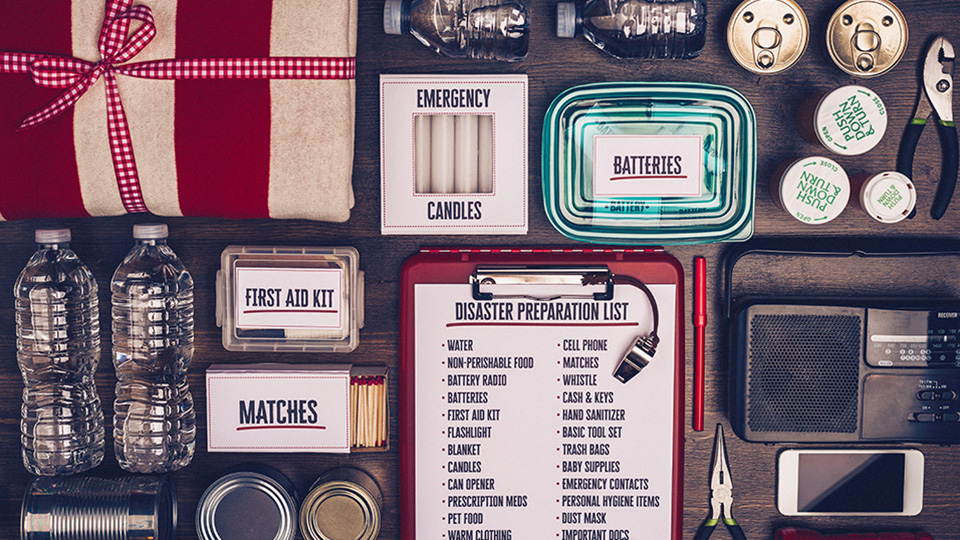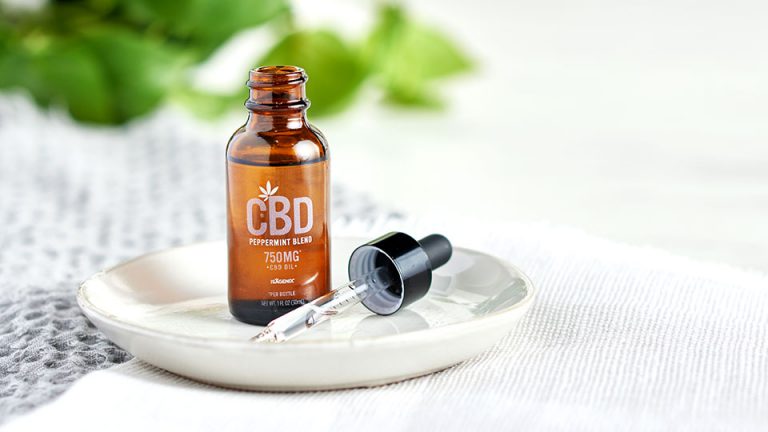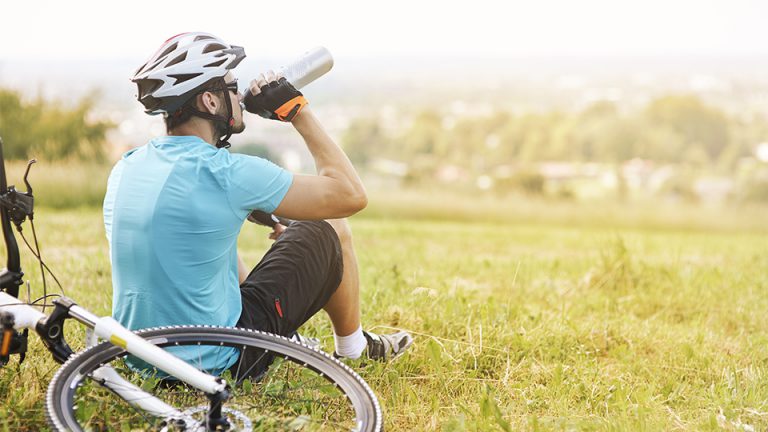Are You Ready? Learn How to Prepare for a Natural Disaster
Earthquakes. Hurricanes. Wildfires. Floods. Natural disasters are often unpredictable. They can be scary and even life-changing, especially if your home, health, or community are impacted. In extreme cases, these events can have severe consequences, damaging homes and depleting access to basic needs like food, clothing, and clean drinking water in the following days and weeks that come.
What if a natural disaster took place in your city tomorrow? Are you ready? The time to prepare is now.
Our friends at the American Red Cross put together a comprehensive checklist to help you and your family plan for a natural disaster and other emergencies.
Get a Kit
Keep basic supplies in an easy-to-carry kit and include:
- Water – 1 gallon per person per day, a 3-day supply for evacuation and a 2-week supply for home.
- Food – nonperishable, easy-to-prepare items, 3-day supply for evacuation and a 2-week supply for home.
- A flashlight.
- A battery-powered radio.
- Extra batteries.
- A first aid kit.
- Medications (7-day supply) and medical items.
- A multipurpose tool.
- Sanitation and personal-hygiene items.
- Copies of personal documents.
- Current digital photos of loved ones, updated every six months, especially for children.
- Cellphones with chargers.
- Family and emergency contact information.
- Extra cash.
- An emergency blanket.
- Map(s) of the area.
Some other good supplies to keep at home are a whistle, matches, towels, scissors, blankets, and sunscreen.
Create a Plan
Meet with members of your family to discuss how you will respond to an emergency and map out your evacuation plan and ways you will work together as a team to remain safe.
- Come up with a plan if family members are separated, and identify primary- and secondary-meeting spots around the home and outside the immediate neighborhood such as a nearby hotel, school, or community center.
- Choose an extended family member to be a point of contact with whom you can communicate via phone or text.
- Decide how you will transport any pets.
- Practice your plan at least twice a year.
Stay Informed
It’s important to understand the types of natural disasters that can hit your community.
- Become familiar with how you will be notified by local officials.
- Know the necessary actions needed to make sure you are protected.
- Spread the word. Talk to your neighbors, and share your knowledge.
- Make sure at least 1 person in your household is CPR certified.
- Prepare an emergency contact card for each family member.
These steps (adapted from the American Red Cross) can help your family plan and prepare for a natural disaster. To learn more, visit the American Red Cross.
Looking for ways to help others in the immediate aftermath of a natural disaster? For years, Isagenix has been a proud partner of the American Red Cross, an organization we feel has the greatest ability and experience in serving the community and responding to disasters that are of large magnitude. In 2017, we encouraged our employees and associates to join us in our joint relief efforts to support victims of Hurricane Harvey, Hurricane Irma, and Hurricane Maria through monetary and product donations. Learn how you can help by visiting the American Red Cross.







